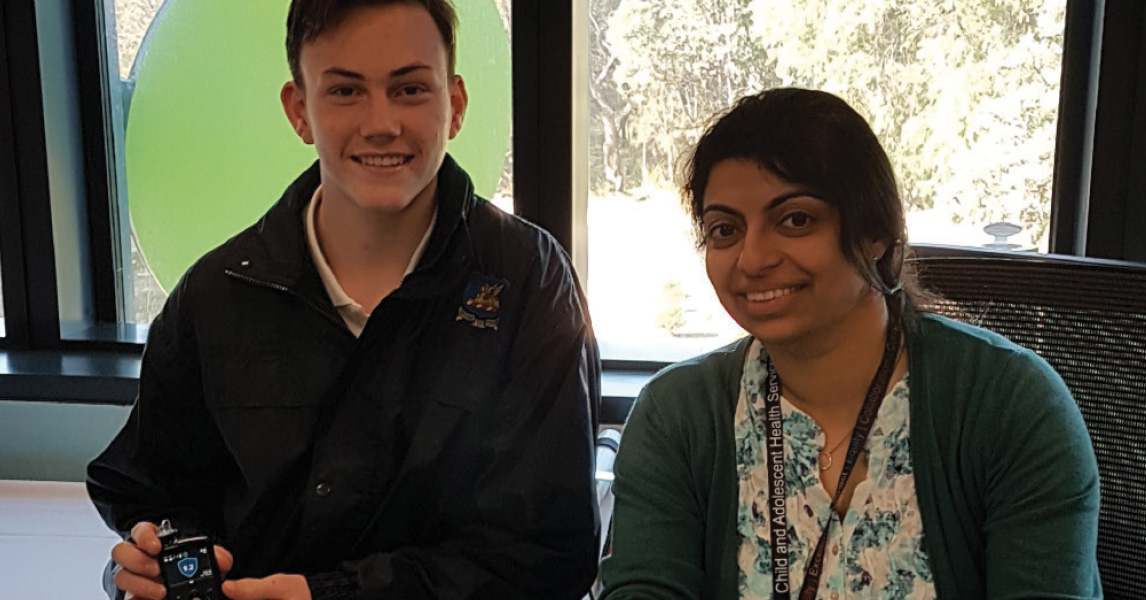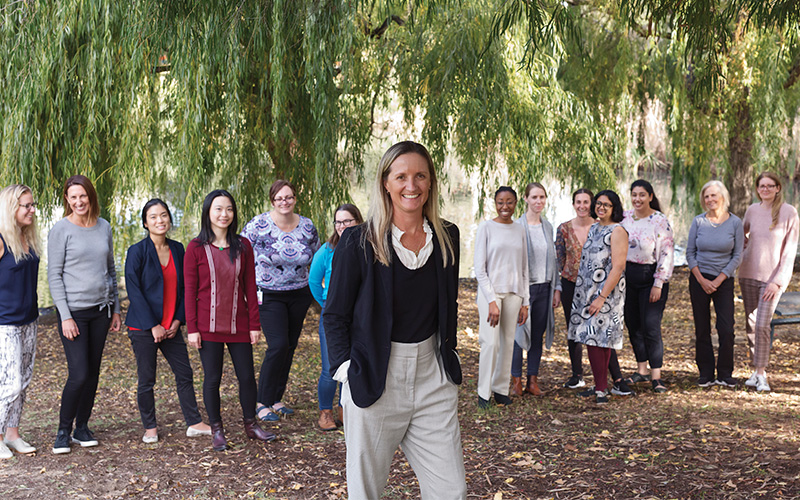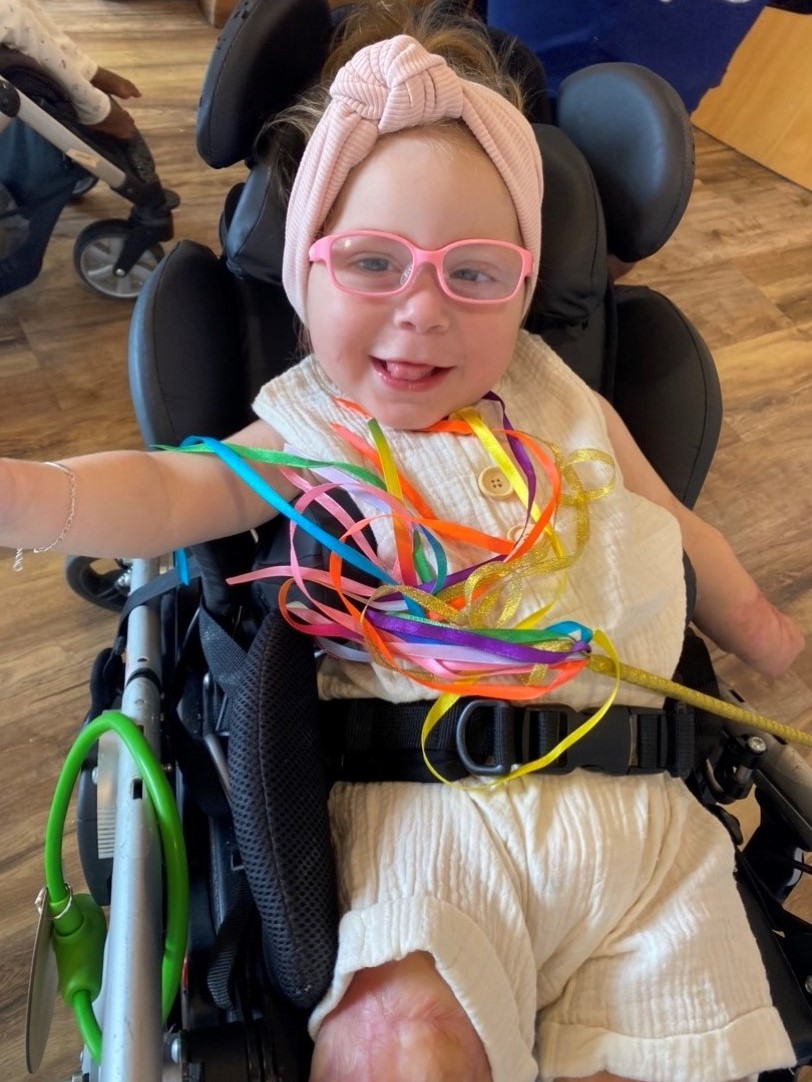Search
Research
A Comparison of Pneumococcal Nasopharyngeal Carriage in Very Young Fijian Infants Born by Vaginal or Cesarean DeliveryPneumococcal nasopharyngeal carriage prevalence and density were higher in infants delivered vaginally compared with those delivered by cesarean birth
Research
Oxidative stress and abnormal bioactive lipids in early cystic fibrosis lung diseaseSeveral lipid biomarkers of early cystic fibrosis lung disease were identified, which point toward potential disease monitoring and therapeutic approaches
Research
The gut microbiome and cardiovascular disease: current knowledge and clinical potentialThis review will focus on the role of the gut microbiome and associated functional components in the development and progression of atherosclerosis

One hundred years after the discovery of insulin, technology advancements are being heralded as the dawn of a new era for managing type 1 diabetes (T1D) in young people.

Research into the potential health impacts of vaping is starting to back up concerns that electronic cigarettes (e-cigarettes) are not as benign as many people think.

The Kids Research Institute Australia researchers are urging governments to listen more to what kids need.

In late 2022, six-year-old Megan Hutton was living the dream of many kids her age as she celebrated being named runner-up champion athlete at her school sports carnival.

The Institute has become one of the world’s leading Strep A hubs, with multiple teams working in the Institute’s END RHD Program, headed by Associate Professor Asha Bowen, working to understand how Strep A works and find better ways to prevent and control the diseases it causes.

Global efforts led by The Kids Research Institute Australia’s Child Health Analytics program will see nations impacted by high rates of malaria empowered to develop their own controls and solutions.

Ten years of dedicated research investigating the Meningococcal ACWY vaccine paid off 20 times over in 2019, after its inclusion on the National Immunisation Program saw a significant decrease in children being diagnosed with the deadly disease.
